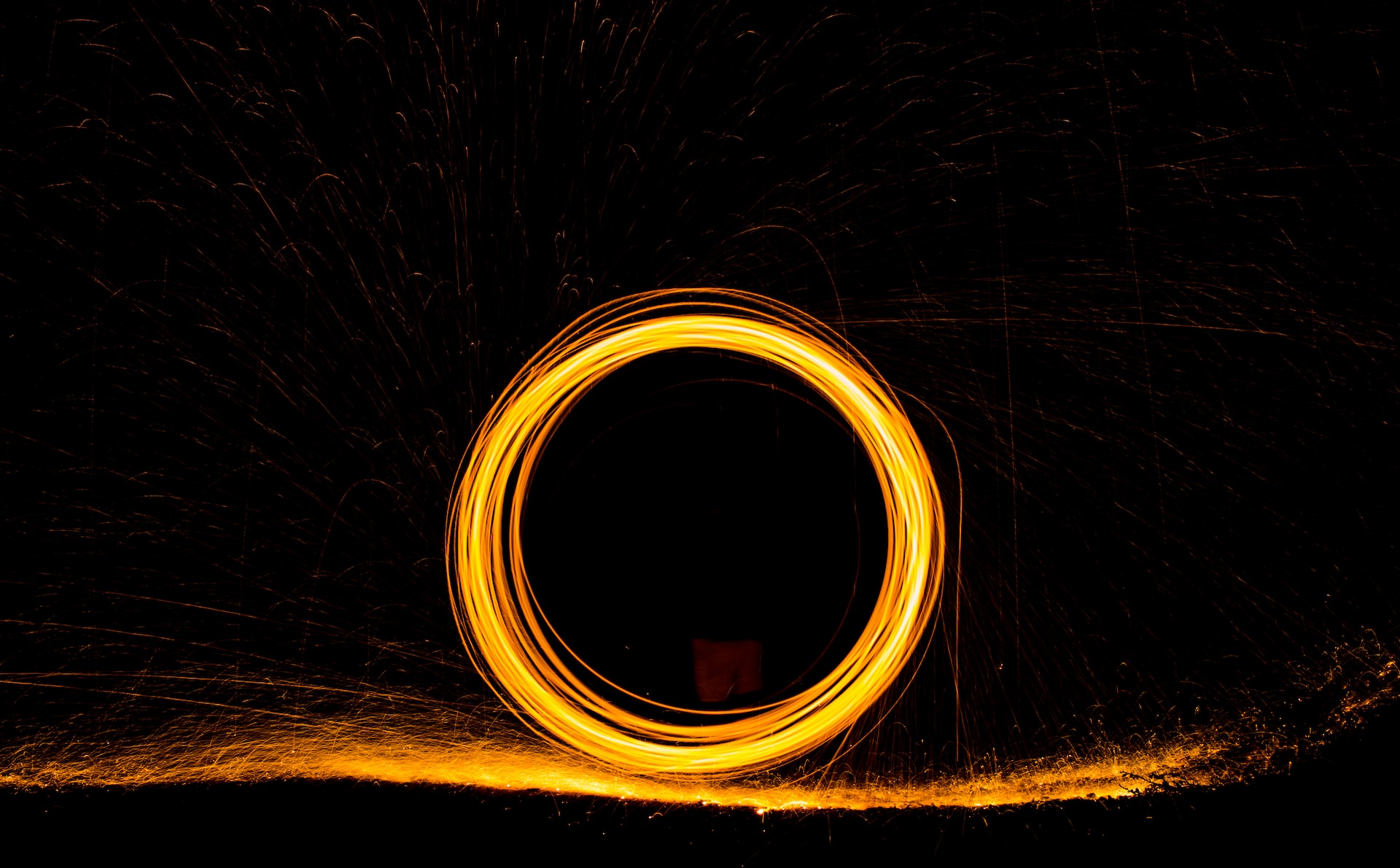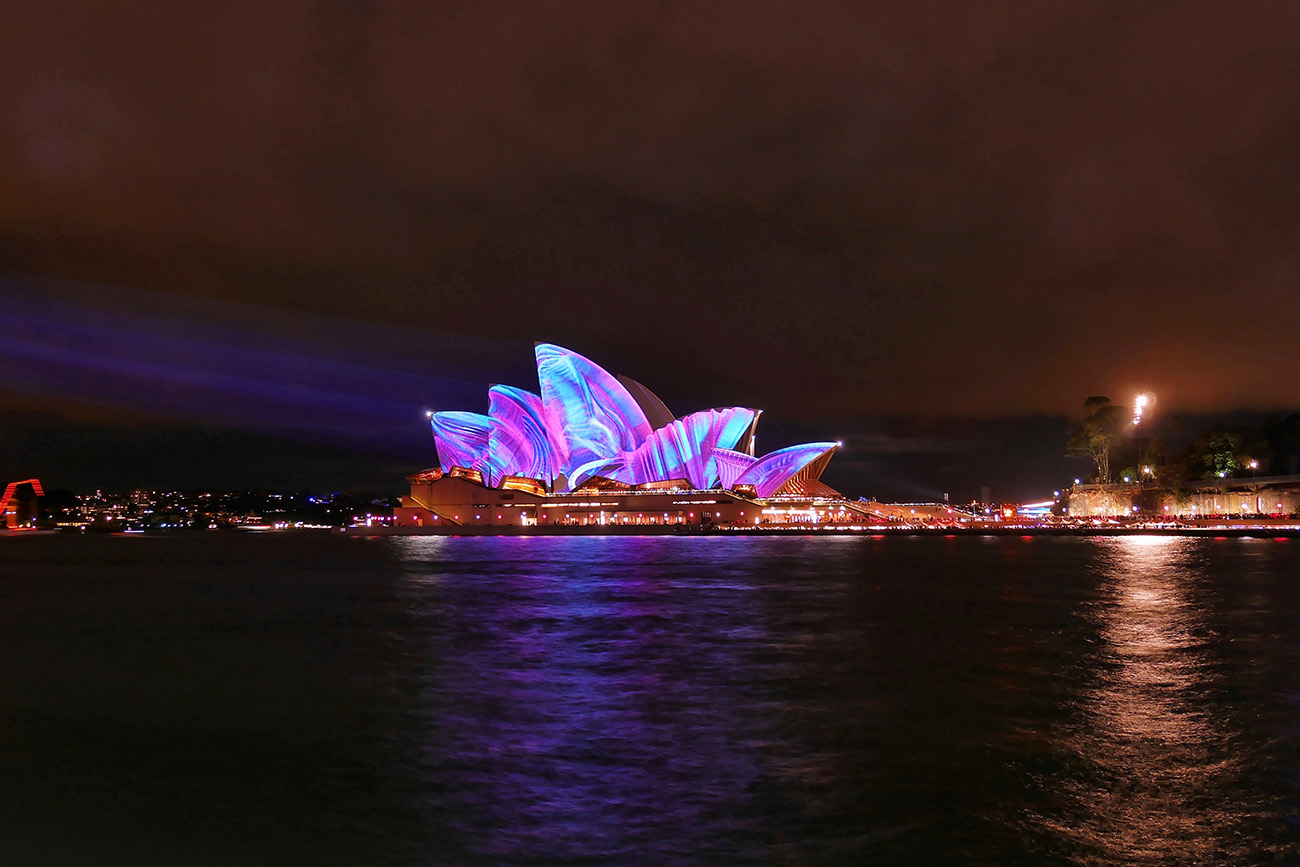Most Recent News


Popular News



Australia is an interesting case study for the effects of gun control measures. Many people here in the US look to Australia's gun control policies as a model to potentially reduce mass shootings. But is the reality of the situation that easy?
 Australia is an interesting case study for the effects of gun control measures. Many people here in the US look to Australia’s gun control policies as a model to potentially reduce mass shootings.
Australia is an interesting case study for the effects of gun control measures. Many people here in the US look to Australia’s gun control policies as a model to potentially reduce mass shootings.
But the reality of the situation, is never that easy.
Australia banned certain types of automatic and semi-automatic rifles, along with shotguns. They required a “buyback” that forced previously lawful gun owners to turn in their firearms (at risk of serious repercussions).
However, it did not include all types of guns. Certain other types of guns were allowed to be kept by Australians. So it was not an all-encompassing gun ban, but a certain-type of firearm ban.
Over 1 million guns were bought back, however, so it could be considered a large success by gun control advocates. And is perfect for this case study.
The actual history of firearm deaths is an easy trend to follow. It had been declining in Australia since 1986. So realistically, we could look at any year and see that there was a sizeable decline in the firearm death rate in Australia.
So that is of no use to us, but we could look at how the rate of that decline changed.
And what happened to that rate? Well, it slowed down after the buyback.
That had the opposite effect than what we would expect.
Compounding to this fact, since the buyback the gun ownership metric in Australia actually grew three times faster than the population.
So shouldn’t we be seeing a ridiculous level of carnage, according to the gun control advocates?
There have been no public shootings in Australia since the buyback. But gun ownership has actually increased since that time.
This should make it clear as day that there are other factors at work here. What causes this? I don’t know. But it is interesting, nonetheless.
Other European countries, such as France and Belgium, have even stricter gun control models than Australia.
However, they have mass public shooting rates that are at least as high as ours (or greater).
Take this data from the Crime Prevention Research Center:
The average incident rate for the 28 EU countries is 0.0602 with a 95% confidence Interval of .0257 to .09477. The US rate is 0.078 is higher than the EU rate, but US and the average for EU countries are not statistically different. The average fatality rate for the 28 EU countries is 0.114 with a 95% confidence Interval of -.0244 to .253. The US rate is 0.089 is lower than the EU rate, but they are again not statistically significantly different.
There were 27% more casualties per capita from mass public shootings in EU than US from 2009-15
Even more interesting is their follow-up summary:
The CPRC has also collected data on the worst mass public shootings, those cases where at least 15 people were killed in the attack.
There were 16 cases where at least 15 people were killed. Out of those cases, four were in the United States, two in Germany, France, and the United Kingdom.
But the U.S. has a population four times greater than Germany’s and five times the U.K.’s, so on a per-capita basis the U.S. ranks low in comparison — actually, those two countries would have had a frequency of attacks 1.96 (Germany) and 2.46 (UK) times higher.
Small countries such as Norway, Israel and Australia may have only one major attack each, one-fourth of what the U.S. has suffered, but the US population is vastly greater. If they suffered attacks at a rate adjusted for their population, Norway, Israel and Australia would have had attacks that were respectively 16, 11, and 3 times greater than the US.
Well, the CPRC answers that as well in this quantitative research journal:
Our list of the worst mass public shootings collected cases where at least 15 were killed has been updated through January 15, 2017.
Since 1970, all of the 20 worst mass public shootings occurred outside the US. Muslims also committed 18 of the worst 20 mass public shootings in the world.
All 20 of the worst mass public shootings occurred outside the US, and that was also true for 40 of the worst 44.
It is possible that we are still missing even some of these large mass public shootings prior to 2000, but any of the ones being missed are outside of the US, Canada, the Commonwealth countries, and Europe.
Africa, Australia, Israel, and the Philippines all have much higher per capita death rates from these large mass public shooters than the US. Indeed, even Europe’s rate for all countries whose borders are within Europe is 20% higher than the US’s.
As the bombings in Brussels (35 dead) Pakistan (over 70 dead) over the [previous time] have illustrated, there are many ways to kill people. A comparable number of people died in either of those attacks as the most deadly mass public shooting in the US (49 dead).
Likewise, we can also view that all mass shootings in the U.S. (besides 6) have occurred in areas where guns were banned from the general population. In Europe, all of their mass shootings have occurred in gun-free regions.
Australia is a cherry-picked data point, especially when you look at the big picture and consider per capita gun crime rates.
However, one could also argue that certain European countries are cherry picked data as well.
The simple truth to the matter is: gun violence and mass shootings do not depend on gun availability or gun control. It depends on the culture of the people. And the demographics.
Consider New Zealand – they are incredibly similar to Australia in terms of isolation and background. They also had nearly similar mass murder rates to Australia before the buyback.
New Zealand did not alter their gun laws as Australia did, and both experienced similar drops in gun homicide rates.
The culture, demographics, and the beliefs of citizens contribute to mass shootings. Peaceful countries tend to be united, well-off economically, and have very little social/demographic strife.
There is no easy solution to the mass shooting problem. But one thing is obvious: saying “just do what Australia did!“, will not work.
Comments are closed.
(Learn More About The Dominion Newsletter Here)
Great points! It is definitely dependent on the culture and people of a nation and not just the existence of the guns themselves.
Appreciate the comment, MM.